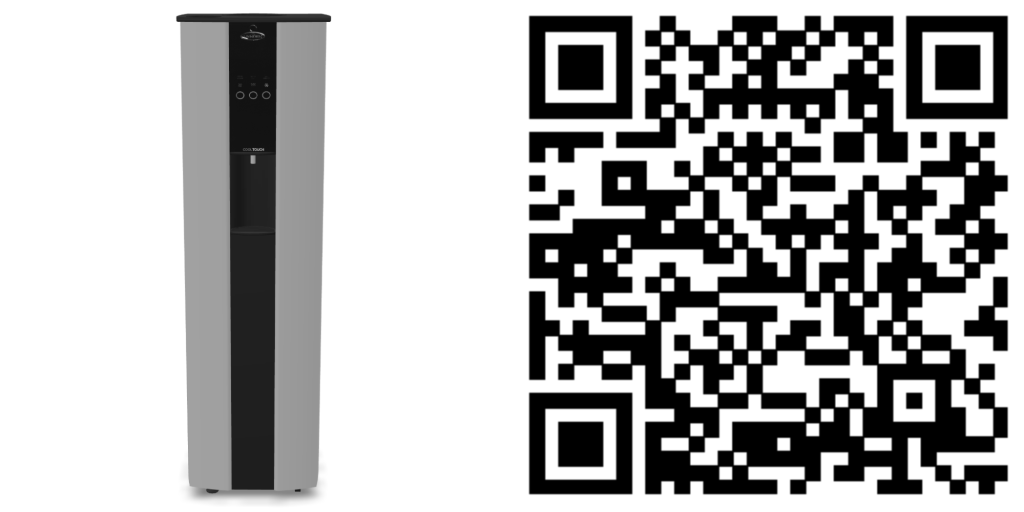Let’s talk augmented reality for furniture. Look: online furniture vendors face a unique challenge – selling an item that is usually larger, more costly, and takes up more permanent space in your everyday life than, say, a t-shirt. AR may be the missing piece to sell more, faster.
The mental barrier to make that purchase is much higher than fashion, home accessories, or many other common online commodities. As a result, those selling furniture have to work extra hard to convince their buyers to add to cart and check out.
But here’s the good news. Online furniture sales are on the rise, making up 17% of all ecommerce sales in 2021, and projected to be worth $41 billion globally by 2030.
The only question remains, how can we help the buyer feel more confident in their purchase, reduce cumbersome and costly returns, and increase customer satisfaction? We believe that one answer is AR for the furniture industry.
What does augmented reality in the furniture industry look like?
The concept of AR for ecommerce is nothing new. Most commonly, it’s used for online try-ons of glasses, new hair colors, and makeup shades, to name a few. But the application of AR for furniture is much more far reaching, and with much more promising profit margins.
When it comes to the furniture segment, AR can be used in two major ways:
- Product Visualization – helping customers visualize their potential purchases in their actual environment, such as within their home or office.
- Product Customization – allowing buyers to customize their purchase with a wide range of materials, colors and other aesthetic changes before making a final decision on the product.
This way, instead of having to imagine what a piece of furniture will look like in their environment, they can see for themselves. Augmented reality helps customers better understand how the furniture will interact with their space, thus helping them feel confident in making the purchase, and in turn increasing your conversion rate.
Take this air purifier, for example. We worked together with the company to develop a 3D digital model of the air purifier to help clients visualize how the product, which is quite visually striking, would fit into their interiors.
Scan the QR code and give it a try for yourself:

The benefits of augmented reality for furniture sales
The benefits of using AR for online furniture sales are numerous. Besides the aforementioned improvement in conversion rates thanks to the ability to see the product before buying, the benefits go a bit further.
Increased customer engagement
By providing an interactive shopping experience, shoppers feel more connected to what they’re buying – The Drum found that AR leads to a 20% increase in interaction rate, and a 33% increase in click-through conversions.
With an AR try-out option in the furniture industry, customers have the opportunity to interact more with the product, seeing it in their space and observe it from a 360 degree range. They’re getting to know the product far better than it would ever be possible if they were just looking at a few photographs. Just like the chair below:
What’s more, they’re likely to stay on your page longer – increasing the “dwell time”, as they’ll have more to do on your product page. This will be a positive signal to search engines, who reward time spent on pages, and your page could then expect a boost in organic traffic.
Reduced returns
By providing a detailed view of what an item will look like prior to buying it, customers are less likely to be dissatisfied when their furniture arrives and less likely to return or exchange items.
This has multiple implications.
For starters, it will save you from the cost of returns, as well as the time and resources spent on repackaging items. Returns cost businesses 66% of the original item’s price. As Bloom states:
“Even if the item is returned in good condition, the entire returns process will still be costly because of the required labour, transport, and inspection”.
In the furniture sector, those costs are even larger, as packaging and delivery costs increase along with the size of the product.
In short – online furniture sellers are very motivated to keep returns as minimal as possible.
Another crucial benefit is that through decreasing returns, we can help reduce our environmental impact. This works on two fronts – it limits packaging waste, and it also limits carbon emissions related to delivery, as the product only has to be packaged and delivered once. As soon as you’re dealing with returns, you’re doubling the amount of delivery that’s necessary, and to resell the product you’ll have to repackage it all over again.
And it goes without saying, it will increase customer satisfaction – customers are likely to be much happier with their purchase if they can see exactly what they’re buying before clicking “buy”.
Increased brand loyalty
By giving customers the opportunity to explore products in greater detail, shoppers form an emotional connection with your brand and become more loyal customers over time.
AR for furniture sales is a way to offer your clients the option to try out your product and visualize it in their home, that way providing a memorable and unique shopping experience. This “wow factor” can go a long way. While not as easy to quantify, by offering AR try-outs, you’re setting yourself apart from the competition.
For example, the water filtering company Venden was interested in allowing prospects to see what a water cooler would look like in their space. Customers could then scan the QR code and virtually “place” the product in their offices. Give it a try yourself:

How to start offering AR in online furniture sales
Offering AR is easier than you would think.
While you used to require specialized developers to bring your 3D visions to life, this is no longer necessary when using Overlyapp’s DIY platform. It allows you to easily create your own AR try-out experiences, with no coding or design experience required.
Here’s what the setup process looks like:
Step 1: Upload your 3D file
Choose “WebAR experience” in your Overlyapp dashboard, and upload your 3D file of the product. If necessary, you can adjust where your product placement (aka, the height and angle of how your product will be shown in AR).
Don’t have a 3D file? No worry – the Overlyapp team can help you create your own 3D files. You’ll just have to prepare and send over a few product photos, and the rest is done. Get in touch with the OverlyApp team.
Step 2: Hit publish
Once you’ve uploaded and positioned the 3D content, simply hit publish to receive your web-ready AR content.
Step 3: Embed into your website
Export the code you’ll be provided with and embed it into your product page. Now it’s ready for customers to try it out on their own.
AR in the furniture industry – a boost to online sales
Augmented Reality is rapidly becoming an essential tool for furniture retailers looking to give a unique shopping experience. By providing customers with the opportunity to view your products in detail before buying, you’ll reduce return rates and increase customer engagement – both of which result in higher conversion rates, increased brand loyalty and a more enjoyable customer journey.
And thanks to platforms like OverlyApp, offering AR to boost your online furniture sales has never been easier. With no coding or design skills required, you can easily create try-out experiences that bring your product to life in minutes.
Ready to get started? Sign up for free to demo the platform, and start giving your customers an unbeatable online shopping experience!